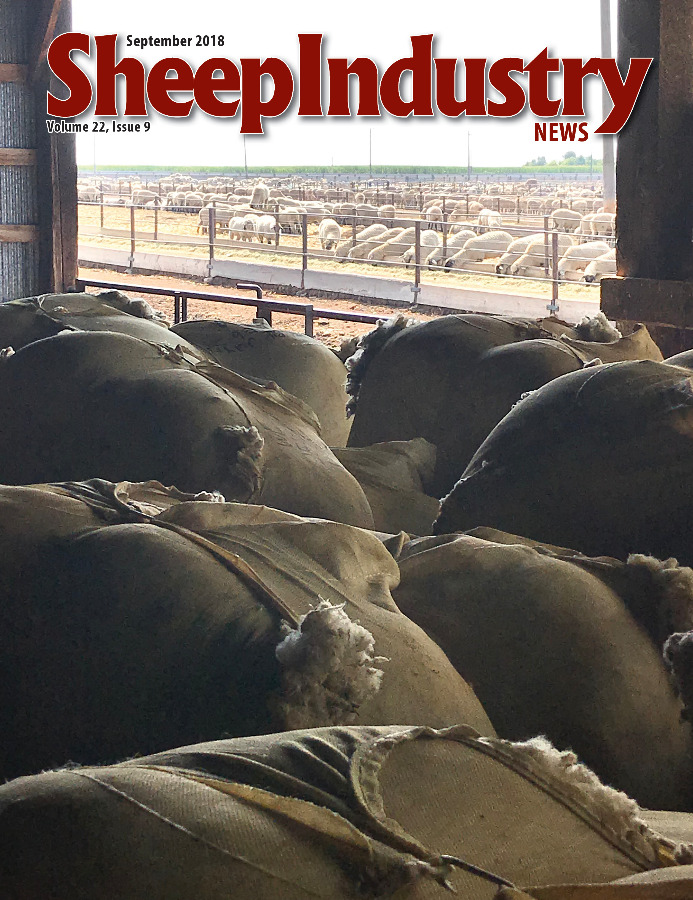
- September 2018
- President’s Notes
- Call to Action on the Farm Bill
- Budget Takes Center Stage at Executive Board Meeting
- Built from Scratch: Rosehill Lamb
- ASI Looking at Wool Balers
- Chad Page Earns Sheep Heritage Scholarship
- ASI YE Summer Tour
- Around the States
- Market Report
- PLC Celebrates 50th Anniversary
- The Last Word
To View the September 2018 Digital Issue — Click Here

Promoting the American Industry From New Mexico to Australia
Mike Corn, ASI President
I’d like to start this month by saying that I truly enjoyed hosting the ASI Executive Board in my home state in late July.
You can read more about our work during those two days on page 10 of this issue. The opportunity to have this great group of friends and fellow sheep producers sit on my back porch and discuss the issues we all face is something I won’t soon forget.
It doesn’t seem all that long ago that we were meeting in New Mexico, but since that time I had the opportunity to join fellow board member Reed Anderson of Oregon on a trip to Australia. Mixed in with the farm tours and visiting LambEx – the country’s premier sheep industry gathering – we had the chance to meet with leaders of Australia’s three largest lamb packers.
We met with representatives from JBS, Thomas Foods and Fletcher International Exports. Jim Percival of Ohio also joined us representing the American Lamb Board. The meetings were intense at times as we were frank and discussed our displeasure with cheap imported lamb coming into the United States. We got no clear answers as to why Australian lamb has been as much as a 50 percent discount to our prices. However, with current lamb prices in Australia now reaching record highs, it appears that the gap is rapidly closing.
We should start seeing changes here in our markets as the gap between Australian and American lamb closes significantly in the near future. From the Australian perspective, they see a population of 300 million Americans who are eating less than a pound a year of lamb. Both sides would like to see consumption among Americans increase, of course, but we want to make sure American producers are getting their fair share of the pie when that happens.
All three companies were open about wanting to market to American consumers, and all would prefer that we didn’t have country of origin labeling on lamb in the United States. But we aren’t about to give that up as other proteins have in the past.
The farm tours we were able to attend and the presentations we heard at LambEx were all excellent and informative. I was surprised to learn that most Australian production is on improved grass pasture and not native pasture/grassland.
I’d like to thank Sheep Producers Australia President Alan Piggott and his wife, Sue, for being such gracious and kind hosts during our stay in Australia.

